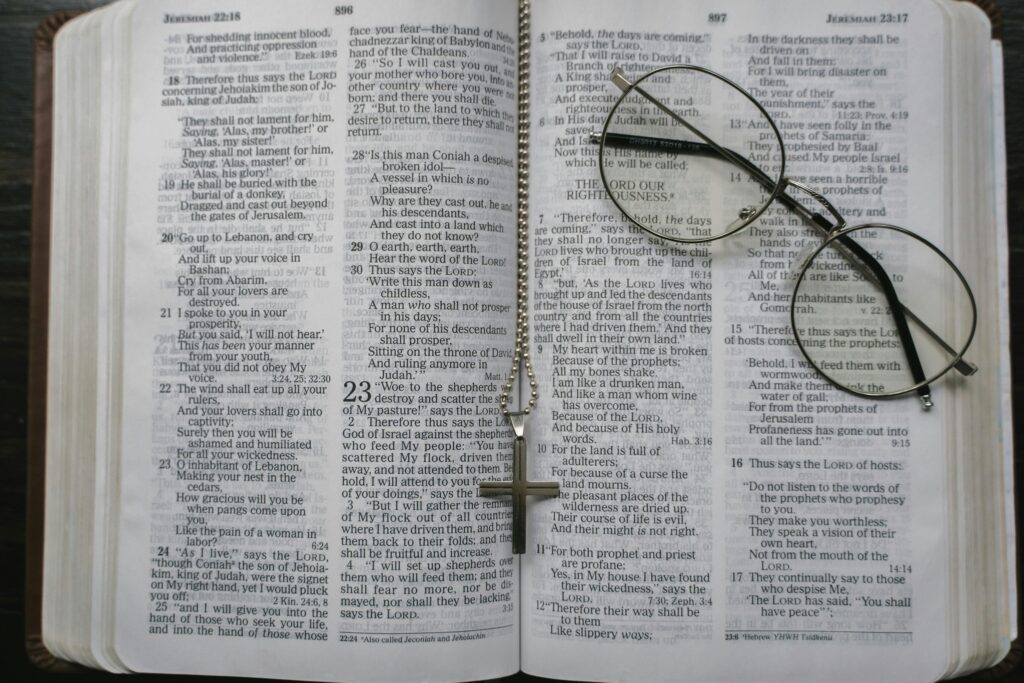“The Rule of Benedict”
The legalization of Christianity in the Roman Empire that followed the
enthronement of Constantine (A.D. 312) seemed a miracle. Followers of
Jesus were suddenly and dramatically free to express their faith in public
without fear or persecution. Within a generation, however, it was clear that
spiritual legitimacy has a downside. Christian devotion became increasingly
nominal-that is, in name only. Whereas discipleship had once inspired
immense courage and personal sacrifice, many Christians now began to live
as they wanted.
By the fifth century A.D., a select group of individuals, both men and women
decided the only way to live faithfully was to retreat from the world altogether.
Thus was born monasticism, a remarkable, multi-national movement that
almost singlehandedly kept the heart of Christianity beating throughout the
Middle Ages (500-1500 A.D.) Historian Mark Noll writes, “The rise of
monasticism was after Christ’s commission to his disciples, the most important
and in many ways beneficial-institutional event in the history of Christianity. At
first, radical individualism ruled the day. Many hid themselves away in the
wilderness. In A.D. 270, an Egyptian named Anthony heard the sermon on
Matthew 19:21: “Go sell everything you have…and follow me”. He gave away
his inheritance and moved to the edge of the desert to seek God. He became
into kind of a celebrity hero.
Others who followed this path went to extremes. A handful of ascetics
refused to eat cooked food for seven years. Others slept naked in a swamp,
exposing their bodies to biting insects. Simeon Stylites, a Syrian ascetic
decided to spend his life atop a 10-foot tall pillar. He remained there for 36
years.
Over time, it became clear that this was not exactly what Jesus had in mind when
he said, “Follow me.” The need for the hour was balance. Sanity. Healthy
spiritual direction. The man who came to the rescue was Benedict of Nursia.
Historians suspect he was born around A.D. 480. His great gift to the Church
was his Regula. Or Rule, which provided practical guidance for the monastic life.
Benedict imagined following Jesus to be conversation morum (a life of
continuous conversion). Benedict’s Rule, as Mark Noll points out was not a
manual for slackers. It proclaimed that “idleness is the enemy of the soul.” The
essential rhythm of monastic life was prayer and work. In a crude, unstable era,
Benedictine monasticism provided the spiritually sensitive with a haven.
So, what about us?
Does it sometimes seem to you that we are living in a “crude, unstable era,”
and need more than ever to find a meaningful way to live for Christ? So
consider writing your own Rule-a way of living faithfully, powered by grace-
fueled disciplines, within this broken world each day. That might include your
own rhythm of prayer and work-reading Scripture and serving others
compassionately.
Benedict’s remarkable legacy is that we can choose, with God’s grace and
power to order all of our hours and days for Him. A good choice in this
Lenten season now upon us.
Faithfully,
Ron Naylor, Chaplain


